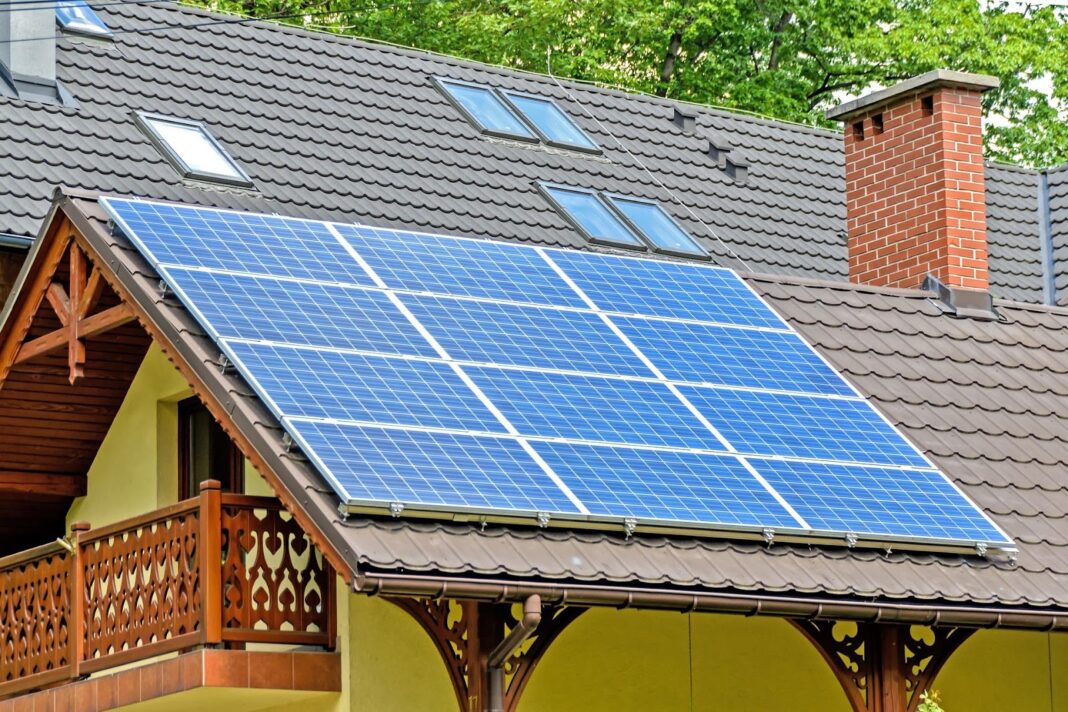Solar panels are an efficient and sustainable way to generate power for your home. Are you considering investing in a solar panel system? If so, you may be wondering how much power you can expect from a Canadian solar panel. The answer depends on several factors, including the type of panel, the amount of sunlight available and the angle at which the panels are installed. In this blog post, we’ll cover how much power you can expect from a Canadian solar panel, as well as other factors that could affect the efficiency of your system.
And Yes! You can buy Canadian solar panels in Australia. There are several online retailers and solar energy companies that offer Canadian solar panels with solar power packages for you to purchase in Australia.
How Solar Power Works
The power of any solar panel is determined by two main factors: its size and how much sunlight it receives. Canadian panels are no different; they rely on both size and location in order to produce electricity. Generally speaking, larger panels will produce more electricity than smaller ones. However, where you place your panels also affects their output; for instance, if your panels are located in an area with little sun exposure, then their output will be lower than those placed in an area with ample sunshine. That said, most Canadian provinces receive plenty of sunshine throughout the year which helps maximize the efficiency of Canadian solar panels.
Types of Panels
There are two main types of solar panels available today – monocrystalline and polycrystalline – and each has its own unique advantages and disadvantages. Monocrystalline panels offer superior efficiency and durability but come with a higher price tag; polycrystalline panels tend to be cheaper but also less efficient than their monocrystalline counterparts. When choosing between these two options, it’s important to weigh both cost and performance before making a decision about which type is right for your home.
Location Matters
The location of your home plays a big role in determining how much power you can get from a Canadian solar panel. Depending on where you live, you may be able to collect more or less sunlight than someone living elsewhere. For example, homes in British Columbia typically receive more sunshine than Quebec due to their higher latitude. As such, they have better conditions for collecting energy from the sun. Additionally, it’s important to consider factors like cloud coverage and air quality when determining the total amount of sunlight available to your system. These factors can significantly reduce the amount of power collected by your solar panel system over time.
Angle of Installation
Solar panels should be installed at an angle that allows them to capture maximum sunlight throughout the day in order to maximize their efficiency and output capacity. For example, if you live in Canada’s northernmost regions where there is limited sun exposure for several months out of the year, it’s best to install your panels at an angle that maximizes their exposure to sunlight when it is available during those months (e.g., angled slightly northward). This will help ensure that your system produces as much energy as possible when conditions are favorable for it to do so.
Inverter Selection Matters Too!
The inverter used in your system also affects its overall efficiency. An inverter converts direct current (DC) electricity generated by your solar panels into alternating current (AC) electricity that can be used by everyday appliances in your home or business. Different types of inverters offer different levels of efficiency; some are designed specifically for grid-tied systems while others are built for off-grid applications like remote cabins or recreational vehicles (RVs). It’s important to select an inverter that will meet both your current needs and any future upgrades you might make to your system down the road.
Calculating Solar Panel Output
Solar panel output is usually measured in watts (W). To determine how much energy your solar panel will generate over a period of time, you need to calculate its wattage multiplied by the number of hours it receives direct sunlight over that period. So if your panel has a wattage rating of 250W and it receives 8 hours of direct sunlight per day, then it will generate 2 kWh (kilowatt-hours) per day or 60 kWh per month. Additionally, you can estimate how much money you will save on your electricity bill by multiplying this number by the average price per kilowatt-hour in your province (for example, Ontario’s current rate is $0.12/kWh).
In conclusion, the output of a Canadian solar panel can range from 250 to 360 watts per panel, with larger systems capable of generating thousands of watts of electricity. While the output of a solar panel system can vary, it is a valuable investment for reducing electricity costs and contributing to a more sustainable future.









